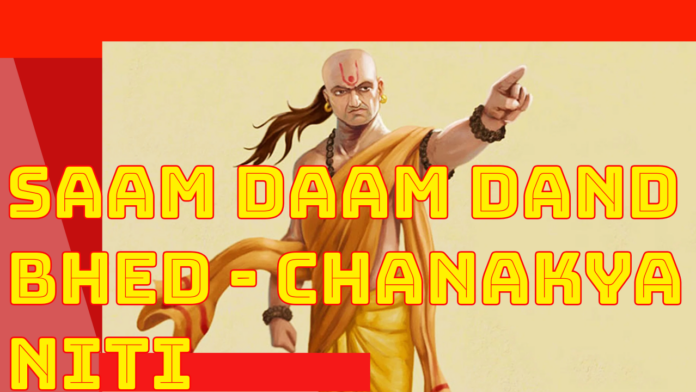The Historical Journey of Chanakya (375–283 BCE) was an ancient Indian polymath who was active as a teacher, author, strategist, philosopher, economist, jurist, and royal advisor. He is traditionally identified as Kauṭilya or Vishnugupta who authored the ancient Indian political treatise, the Arthashastra.

Chanakya is considered the pioneer of the field of political science and economics in India, and his work is thought of as an important precursor to classical economics. His works were lost near the end of the Gupta Empire in the sixth century CE and rediscovered in the early 20th century.
Around 321 BCE, Chanakya assisted the first Mauryan emperor Chandragupta in his rise to power and is widely credited for having played an important role in the establishment of the Maurya Empire. Chanakya served as the chief advisor to both emperors Chandragupta and his son Bindusara.
आयु: कर्म च वित्तं च विद्या निधनमेव च।
पंचैतान्यपि सृज्यन्ते गर्भस्थस्यैव देहिनः ll (Chanakya Niti 4.01)
Life Span, Career, Wealth, Knowledge, and Death, all these five attributes of a living being are bestowed while in the mother’s womb.
The Saptanga theory, also known as the “seven elements of statecraft” is a political theory developed by the ancient Indian political philosopher Chanakya. The theory states that a state needs seven elements to function effectively: the king (raja), the minister (amatya), the treasury (kosa), the army (sena), the fort or capital (durga), the allies or friends (mitra), and the people (praja).
The king or raja represents the head of state and the ultimate authority in the government. He is responsible for the overall welfare of the state and the protection of its citizens.
The minister or amatya serves as the chief advisor to the king and is responsible for the administration of the state. He is expected to be loyal, wise, and efficient in his role.
The treasury or kosa is responsible for the financial resources of the state, including the collection and management of taxes.
The army or sena is responsible for the defense of the state and the protection of its citizens from external threats.
The fort or capital or durga is the seat of government and the center of political power.
The allies / friends or mitra are other states or nations that the state has formed alliances with for mutual benefit.
The people / praja are the foundation of the state’s power. They are expected to be loyal, obedient, and supportive of the govt.
The Saptanga theory emphasizes the importance of balance and harmony among the seven elements.
Chanakya believed that a state with a strong king, wise minister, and loyal citizens, supported by a well-trained army, adequate resources, and strong alliances, would be able to withstand internal and external threats and achieve prosperity.



